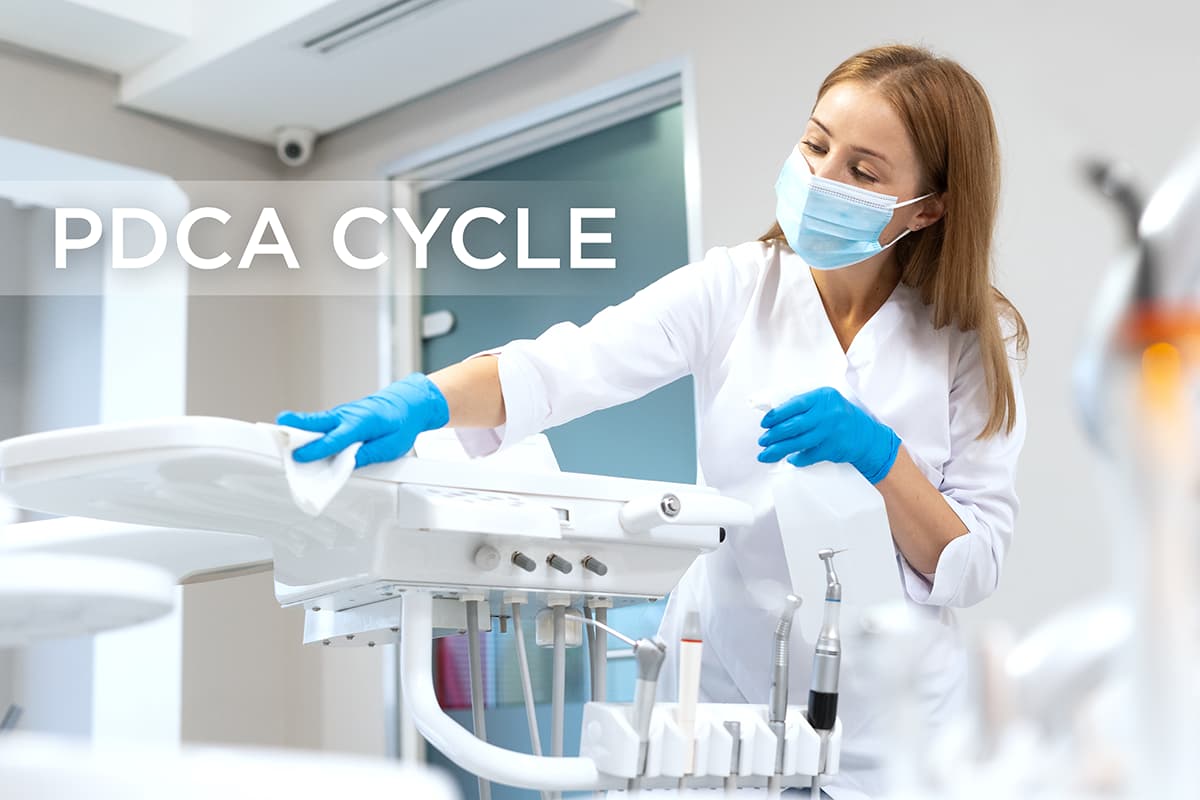
Biological risk in the workplace, with a few exceptions that might include healthcare settings or diagnostic and research laboratories, is undeniably attributed less importance than other occupational risks, and it can be little known or overlooked, especially for outdoor work activities. Yet no workplace can be considered exempt from this risk, since biological agents are present everywhere: in air, water, soil, dust, waste, biological materials, food and plant substances.
These agents can cause infections of varying severity, but also intoxication, allergies and, in some cases, cancer[1].
What is risk assessment?
Employers are required to assess the risk for their workers’ health resulting from exposure, even potential exposure, to the biological agents that are intentionally or unintentionally present in the workplace.
In order to estimate the entity of the risk resulting from exposure to biological agents, in the assessment process it is necessary to:
- identify the actual and potential hazards;
- estimate the severity of the consequences resulting from exposure to these hazards;
- identify and quantify the exposed subjects;
- measure the magnitude of exposure[2].
Biological risk assessment is a precise legal obligation for all work activities in which an exposure risk may occur.
What is meant by biological contamination?
Pursuant to Italian Legislative Decree no. 81/2008 as amended, “activities carried out in healthcare facilities (hospitals, clinical, dental practices and care facilities)” are amongst those that may involve the presence of biological agents (Ann. XLIV).
During these activities, healthcare professionals are constantly exposed to contact with potentially contaminated biological fluids, respiratory aerosols, and medical or surgical materials and instruments.
Biological risk can therefore be considered intrinsic to the performance of these activities[3].
What is the PDCA cycle?
PDCA is an approach for continually improving processes and projects, in which, once the initial objectives have been achieved, new ones are set in order to improve the quality level and reduce non-compliance.
PDCA is an acronym that stands for:
- Plan: Planning
- Do: Experimentally apply what was planned
- Check: Check the results and assess their compatibility with what was planned
- Act: Implementation of the solutions that passed the assessments[4].
We will now focus on how PDCA can be of use in healthcare.
PDCA and risk factors in the operating room
An interesting study titled “Analysis of the Application Effect of PDCA Cycle Management Combined With Risk Factor Management Nursing for Reducing Infection Rate in Operating Room”[5] demonstrates the impact of applying plan-do-check-action (PDCA) cycle management combined with risk factor management nursing in operating rooms.
The purpose of the study was to understand the impact obtained from applying the Plan-Do-Check-Action (PDCA) cycle in combination with the management of the nursing risk factors in an operating room.
The study was conducted by recruiting 150 patients to form the “conventional” group and a further 150 patients to form the research group. The former (conventional) group implemented routine infection management practices, whereas the latter performed PDCA cycle management combined with risk factor management.
The conclusions of the study
The Gram-negative, cocci and Gram-positive bacteria detection rate, the incision infection rate and the total incidence of irregular events in the research group were lower than in the conventional group.
The qualified disinfection rate of objects, hands of medical staff and air, and nursing quality scores in the research group were higher than those in the conventional group.
This study shows that PDCA, combined with nursing risk factor management, is able to:
- reduce the pathogenic bacteria detection rate and incision infection rate in operating rooms;
- reduce the incidence of irregular events;
- improve the disinfection rate;
- considerably enhance the quality of nursing care, which can be considered extensively used in clinical practice.
In order to prevent biological risk, Zhermack’s Zeta Hygiene line offers a vast selection of products for specific applications, which ensure both users and patients high levels of safety and protection.
Bibliography
[1] https://www.epc.it/contenuti/rischio_biologico_sito.pdf
[2] https://www.inail.it/cs/internet/attivita/prevenzione-e-sicurezza/conoscere-il-rischio/agenti-biologici/valutazione-del-rischio.html
[3] https://www.inail.it/cs/internet/docs/allegato-rischio-biologico-negli-ambulatori-edizione-2013.pdf
[5] https://www.ncbi.nlm.nih.gov/pmc/articles/PMC8967976/
Do you want more information on Zhermack Dental products and solutions?
Contact us

 Zhermack SpA has been one of the most important producers and international distributors of alginates, gypsums and silicone compounds for the dental sector for over 40 years. It has also developed solutions for the industrial and wellbeing sectors.
Zhermack SpA - Via Bovazecchino, 100 - 45021 Badia Polesine (RO), Italy.
Zhermack SpA has been one of the most important producers and international distributors of alginates, gypsums and silicone compounds for the dental sector for over 40 years. It has also developed solutions for the industrial and wellbeing sectors.
Zhermack SpA - Via Bovazecchino, 100 - 45021 Badia Polesine (RO), Italy.


